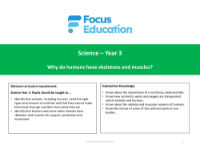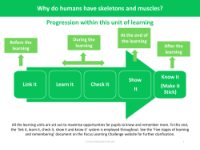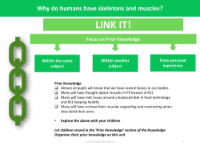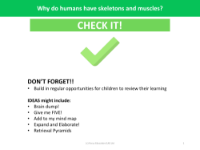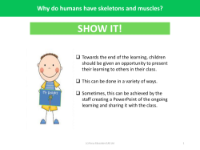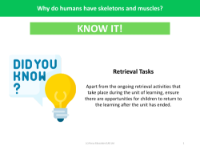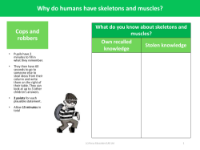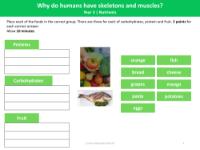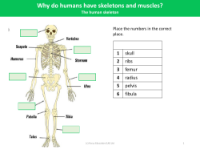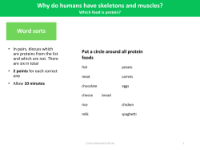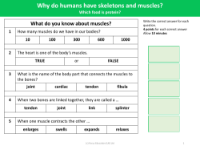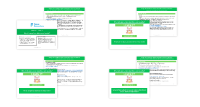Knowledge organiser - Skeletons and Muscles - Year 3
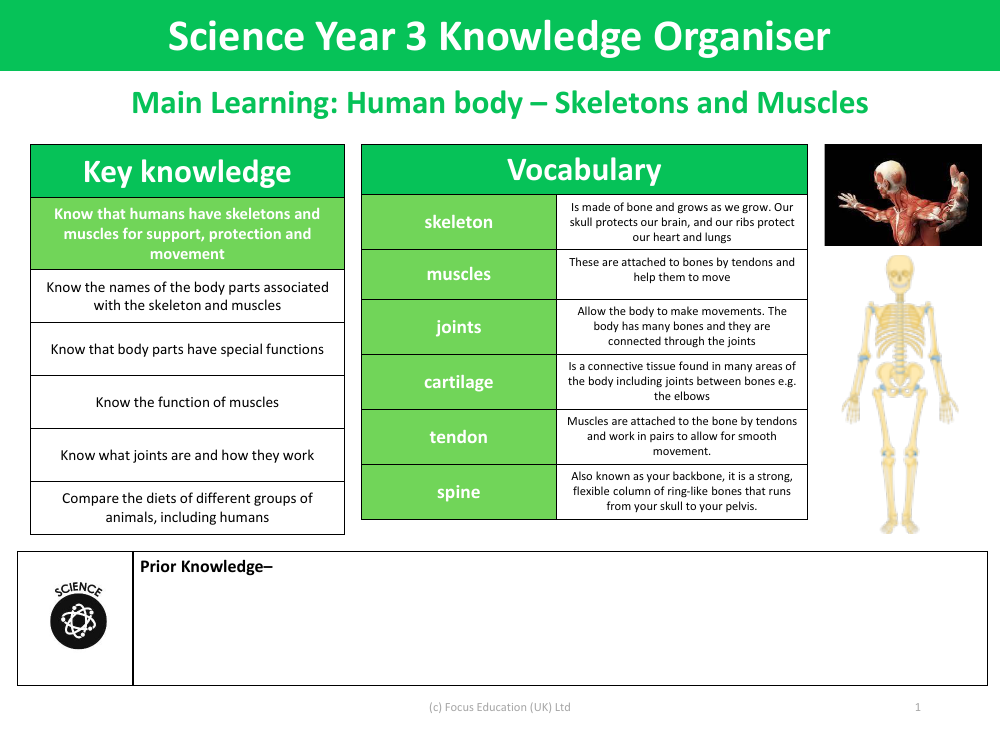
Science Resource Description
The Year 3 knowledge organiser on 'Skeletons and Muscles' provides essential vocabulary and key knowledge for understanding the human body's structural and functional aspects. The organiser defines the 'skeleton' as the bone structure that grows with us, highlighting the protective roles of the skull for the brain and the ribs for the heart and lungs. 'Muscles' are described as tissues attached to bones by 'tendons', which facilitate movement. The term 'joints' refers to the connections between the multitude of bones, enabling various bodily movements.
'Cartilage' is introduced as a connective tissue present in areas like the elbows, aiding in the smooth operation of joints. The 'tendon' is reiterated as the crucial connector between muscle and bone, working in pairs to allow smooth movement. The 'spine', or backbone, is described as a strong, flexible column of ring-like bones extending from the skull to the pelvis. Key knowledge points include understanding the roles of the skeleton and muscles in support, protection, and movement, recognising body parts associated with these systems, and their specific functions. Students are also expected to learn about the function of muscles, the workings of joints, and to compare different dietary needs across various animal groups, including humans, to support their skeletal and muscular systems.
